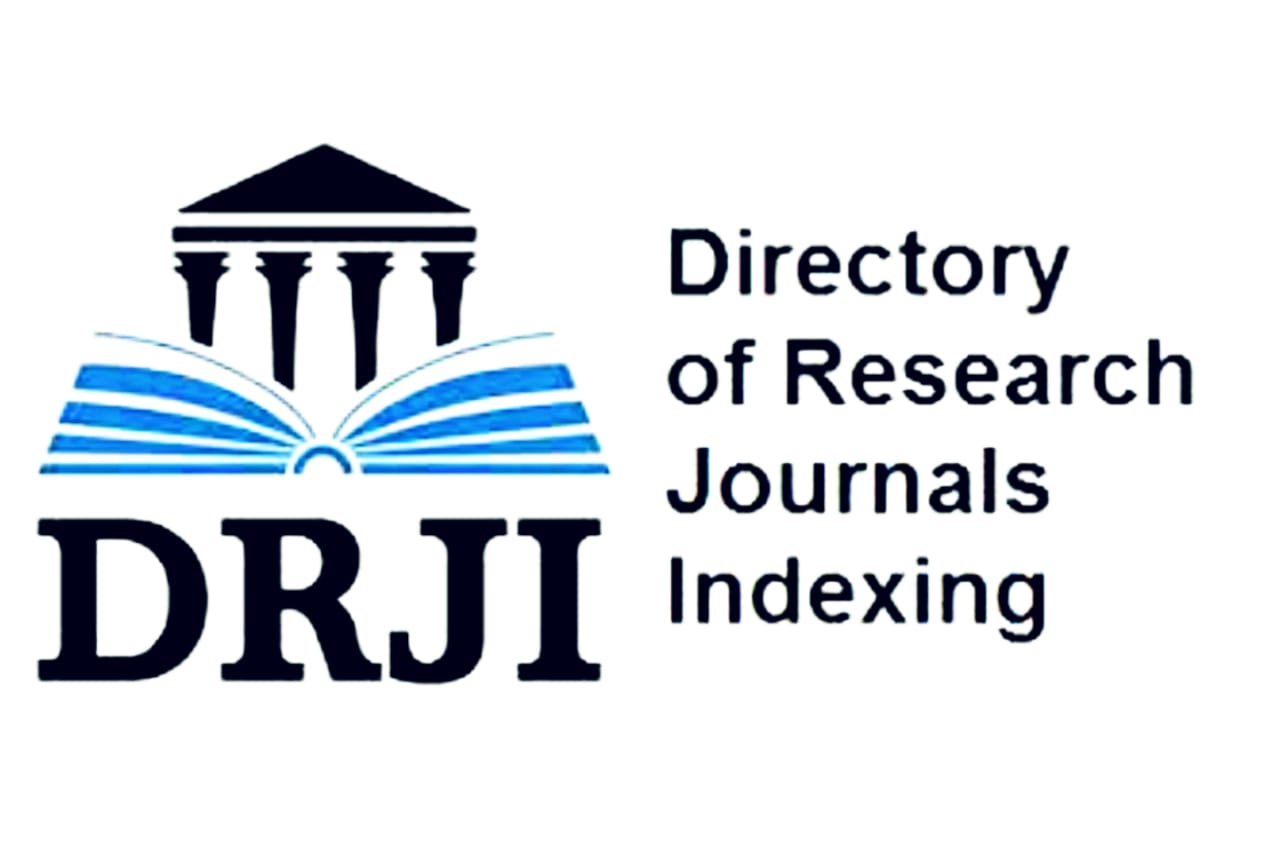Assessing Kazakhstani wheat varieties by yield indicators and resistance to rust
DOI:
https://doi.org/10.26577/ijbch.2021.v14.i1.06Abstract
According to the experts of the Food and Agriculture Organization (FAO), the annual global loss of products from diseases and pests of agricultural crops in 1986-1990 was 52.2 million from 1998-2005 from a conventional unit of grain to 70 million tons. One of the factors that reduce the yield indicators of grain crops, contributing to a sharp decrease in yield, is the rust disease, which causes damage to grain crops, except for wheat Aegilops, Elymus, Agropyron, etc. The problem of contamination of grain crops with phytopathogenic fungi is quite a serious problem for the countries of Central Asia, since, according to FAO, this region is characterized by a higher level of bread consumption per capita (about 200 kg per year), and agriculture is considered as one of the key factors of the economy. The cost of production is an economic factor and negatively affects the sustainable development of agricultural production. A comprehensive study of the source material obtained in breeding, the replacement of ineffective ones with effective ones, makes it possible to suppress the rate of development of the pathogen and prevent epiphytosis. The evolution of the adapted parasite is accompanied by the evolution of the host plant. The article examines the complex resistance of domestic and foreign wheat varieties to rust in an artificial epidemic environment. Over the years of research, a comparative analysis of the resistance of wheat varieties to diseases has been carried out. Field tolerance was noted in the varieties Almaly, Arap, Zhakut, Naz with 3-4 points, in the varieties Samar and Zhalyn with 2 points. As a result of the structural analysis of the yield of winter wheat varieties allowed for sowing in production and promising, a decrease in these indicators was found under the influence of the disease.
Downloads
How to Cite
Issue
Section
License
Copyright (c) 2021 International Journal of Biology and Chemistry

This work is licensed under a Creative Commons Attribution-NonCommercial-NoDerivatives 4.0 International License.
ааа
















